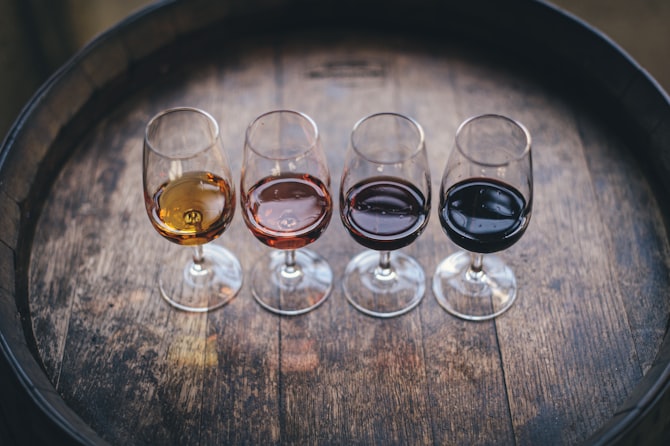Meeting of Minds - the Star Sommeliers of the New Nordic Cuisine
On Sunday, I met for breakfast with two of the Swedish sommeliers with the most prestigious menus to match. Johan Andersson is the head sommelier at two Michelin-star Mathias Dahlgren Matsalen as well as the one star Matbaren. Niklas Löfgren protects the wine list of two-starred Frantzen/Lindeberg. Over a bottle of the most natural wine to come out of South Africa, a 2009 El Bandito Cortez chenin blanc (and coffee - it was breakfast after all), we discussed Scandinavian wine trends, natural wine and most of all, their plans for the day.
Because if you thought “five stars” for breakfast was a lot, we were soon joined by sommeliers from Maaemo (two stars in Oslo) and Noma (the world’s best restaurant - with two stars - in Copenhagen) as well as internationally famous Fäviken among others. These guys and girls were doing something unique for Scandinavian star restaurants - they were collaborating! For the first time ever, this impressive group was meeting to discuss the future of Scandinavian fine dining, sharing best practices and their wine philosophies.
The “new nordic kitchen” has been a strong trend for some time now, and the wines to go with it differ from restaurant to restaurant. At the same time, they have a definite tendency toward more natural wines. In Denmark, a “natural wine” is sometimes even defined as a wine on the Noma wine list!! “Natural” does in this case not necessarily mean wines without sulfur added, but wines made by smaller, passionate producers with minimal intervention. Freshness and purity match the light cuisine, and minimal use of chemicals in the vineyards and winery suits the philosophy toward foraged or locally sourced, small producer ingredients in the food. “The food philosophy of our chef Mathias Dahlgren is a ‘natural cuisine’, so when I interpret that, I of course land closer to more natural wines,” says Andersson.
The international guests are more open, or decidedly positive, to the creative wine lists with lots of smaller, natural or low intervention producers. Scandinavia, with the exception of Denmark, has otherwise been rather behind on this trend. Anderson has the unique situation of having a cellar (from Grand Hotel) full of bordeaux, burgundy and other classics if the customer has something particular in mind, while Löfgren serves only a wine package with their set menu. Both Andersson and Löfgren agreed that the heavy, oaked classic bordeaux can be a pleasure but will seldom work well with the new nordic type of kitchen. “For the flavors to harmonize in very oaked wines I would need older vintages, and sourcing enough of those for a whole tasting menu would be difficult,” said Löfgren (who is otherwise known for his frequent use of sherry in pairings). With these lesser known -and sometimes more challenging- wines, you have to trust your sommelier. To protect the stars of the kitchen they must be strong on the wines they use, up to date on trends and winemaking practices, and really understand the philosophy of the restaurant they work for. One way to learn is of course to discuss with colleagues from other restaurants at the same level.
The results from this first discussion of many between Scandinavian top restaurants will be chronicled in future articles. For now, we will have to take satisfaction in the knowledge that Scandinavian sommelierie is dynamically collaborating and looking for the next level. The New Nordic Cuisine is already the hottest food trend out there - maybe these young sommeliers will reach the same kind of international recognition. (Personally, I sure hope so - not only because I like what they are doing, but also because it will give me the absolute bragging rights as the only outsider who was there for the very first meeting!)
Av: Erica Landin











